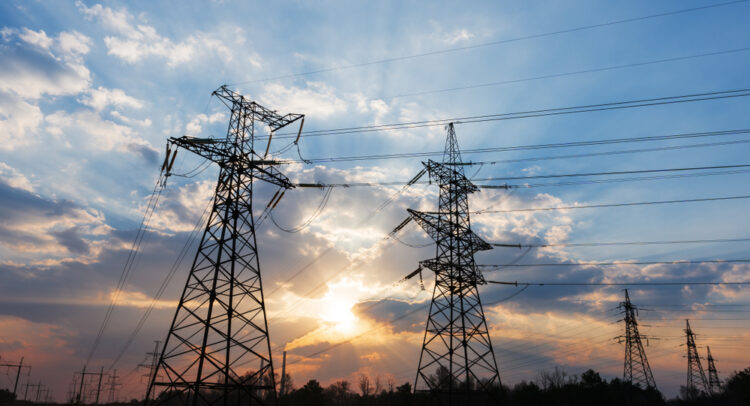Coterra Energy Inc. ((CTRA)) has held its Q3 earnings call. Read on for the main highlights of the call.
Claim 70% Off TipRanks This Holiday Season
- Unlock hedge-fund level data and powerful investing tools for smarter, sharper decisions
- Stay ahead of the market with the latest news and analysis and maximize your portfolio's potential
Coterra Energy’s Earnings Call: Strong Performance Amid Challenges
Coterra Energy delivered a robust performance in the third quarter, exceeding production expectations and effectively integrating recent acquisitions. The company showcased strong financial metrics with significant cash flow and debt reduction achievements. However, challenges such as increased operating costs and low gas prices were noted. Additionally, a public dispute with Kimmeridge has introduced external pressure on the company’s strategic direction.
Strong Third Quarter Performance
Coterra’s oil, natural gas, and BOE production exceeded expectations, with each coming in approximately 2.5% above the midpoint of guidance. Notably, NGL production hit an all-time high of 136 MBoe per day. Oil volumes saw a significant increase of 7% over second quarter levels, with a substantial uptick of 11,300 barrels per day.
Successful Integration of Acquired Assets
The integration of Franklin Mountain and Avant assets has been successful, leading to a 10% reduction in total well costs and a 5% reduction in lease operating expenses. The company anticipates additional savings of $20 million per year from operational efficiency improvements.
Positive Financial Metrics
Coterra reported pre-hedge oil and gas revenues of $1.7 billion, with 57% derived from oil production. Discretionary cash flow was $1.15 billion, and free cash flow amounted to $533 million. The company announced a $0.22 per share dividend and repaid $250 million of term loans.
Record-Setting Drilling Efficiency in Marcellus
Coterra achieved a record-setting drilling efficiency in the Marcellus region, with a new 4-mile lateral drilled in under 9 days, averaging 2,400 feet per day. This achievement resulted in a 24% reduction in drilling costs year-over-year.
Increased Operating Costs
The company experienced increased cash operating costs, which rose to $9.81 per BOE, up 5% quarter-over-quarter. This increase was attributed to the production mix and higher workover activity.
Challenges with Waha Gas Prices
Coterra faced challenges with low Waha gas prices, which impacted the region. The company is engaging with long-haul pipeline projects to improve market access and prices.
Public Dispute with Kimmeridge
A public letter from Kimmeridge criticized Coterra’s portfolio strategy, suggesting that the company might be more valuable as separate entities. This dispute introduces external pressure on the company’s strategic direction.
Forward-Looking Guidance
Coterra Energy provided forward-looking guidance during the earnings call, highlighting several key metrics and strategic directions. For the fourth quarter, oil production is expected to be 175 MBoe per day at the midpoint, with total production anticipated to average between 770 and 810 MBoe per day. Natural gas production is projected between 2.78 and 2.93 Bcf per day. Capital expenditures for the quarter are expected to be around $530 million, reflecting a significant decrease from the third quarter. For the full year 2025, guidance was revised to an annual MBoe per day production of 777 at the midpoint, a 5% increase from earlier forecasts. The company plans to deliver a comprehensive updated 3-year outlook with its fourth quarter release in February.
In conclusion, Coterra Energy’s third quarter earnings call highlighted a strong performance with notable production and financial achievements. Despite challenges such as increased operating costs and low gas prices, the company remains committed to maintaining operational flexibility and profitability. The public dispute with Kimmeridge adds an external layer of complexity to the company’s strategic direction. Overall, Coterra’s forward-looking guidance reflects a positive outlook with expectations of continued growth and efficiency improvements.
















